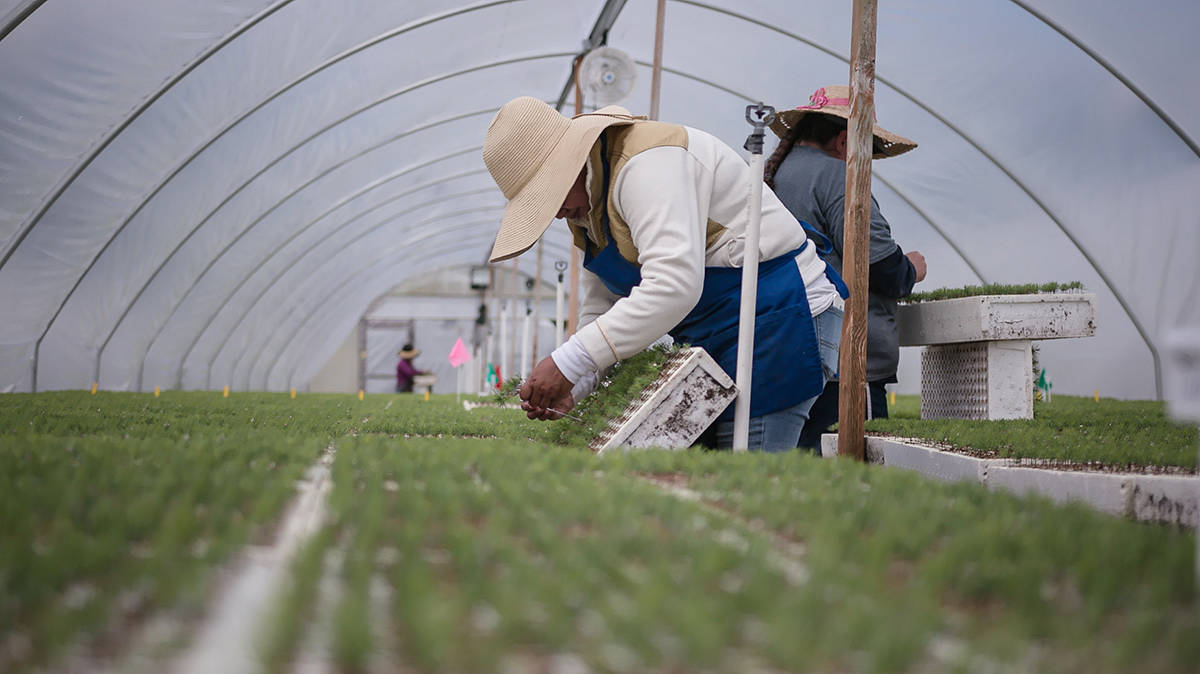Some say the best time to plant a tree was 20 years ago. And the second best time? That would be now – a philosophy Washington’s working foresters take to heart as they continue planting trees – for today, and tomorrow.
In fact, 52 million trees will be planted this year in Washington. Trees that like those planted a generation before will help keep 60,000 miles of working forest streams cool to protect fish habitat. Others will provide shelter for wildlife, while others still will be harvested by the next generation’s building and paper products.
Across Washington, privately owned forests are setting the standard for sustainability, just like they have for generations, since Weyerhaeuser Timber Company dedicated the nation’s first tree farm in Western Washington back in 1941. With those 130,000 acres the inspiration for things to come, by the end of the 20th century, more than 70,000 tree farms operated in the U.S., comprising more than 93 million acres of land.
RELATED READING: Planting now, for the future
Private lands lead the way in sustainable forest management
With more than half of Washington’s land area covered in forest, one-third of that is privately owned, yet those private forests account for an amazing 70 percent of wood harvested in the state each year.
Working forests like northwest Washington’s Clyde Tree Farm, 154-acre forest near Hood Canal where third-generation family members continue to manage the property with sustainability in mind.
Today, Washington’s working foresters plant three trees for every tree harvested, ensuring an enduring cycle of wood products so that when a new generation is ready to build, the locally grown and harvested products will be there to help them do it.
Explore Washington’s working forests today
Take an interactive tour through a virtual landscape with a Forester’s View of a Working Forest, exploring replanting and conservation, in addition to areas suitable for harvesting as foresters practice sustainable forestry and follow WA’s Forest Practices Rules.
And to learn more about the role Washington’s working forests play today, and tomorrow, visit workingforests.org
RELATED READING: Why the Construction Industry is essential to toilet paper stocks


